Aldwell-Schachter Chapter 21
Click on a musical example for playback
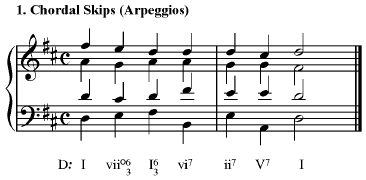
This is a simple, familiar piece of chorale writing without any melodic figuration.
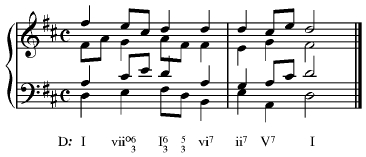
This is the same chorale with chordal skips inserted to provide rhythmic interest.
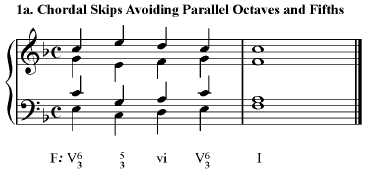
Chordal skips can be inserted to avoid parallel octaves and fifths. In this example, the parallel fifth between bass and tenor, beats 2 & 3, can be avoided with a chordal skip in the tenor.
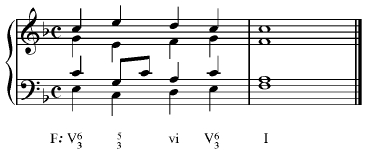
The tenor’s chordal skip avoids the parallel fifth.
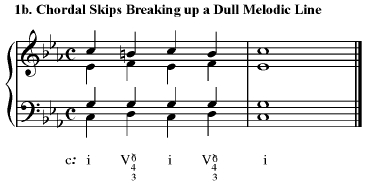
The prevailing stepwise motion of this melody is humdrum, to say the least.
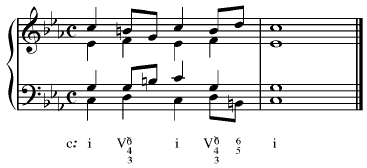
Here, the dullness of the original melody has been broken and made somewhat more interesting by the use of chordal skips.
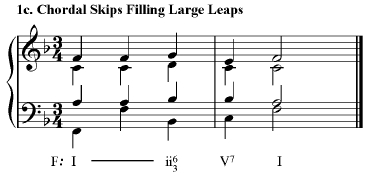
The octave leap in the bass isn’t forbidden, of course, but it is one heck of a big leap nonetheless.
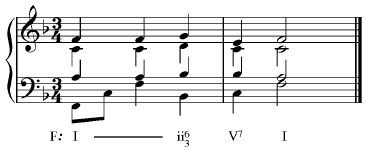
Subdividing the leap helps to avoid the big leap.
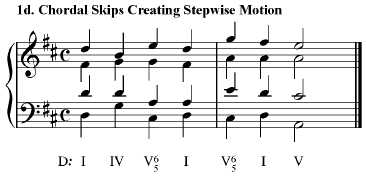
In this passage, notice the various leaps in both the bass and soprano. They aren’t illegal by any means, but they could use some cushioning.
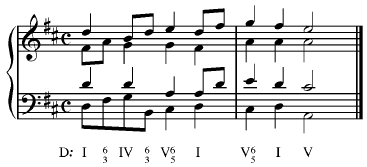
By adding various chordal skips, the leaps are softened by some stepwise motion in approaching their targets.
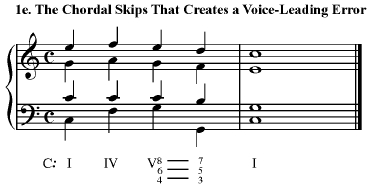
This example is perfectly fine as is.
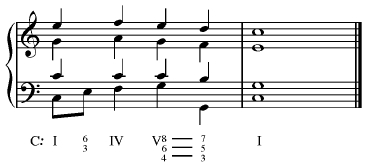
But here, the introduction of a chordal skip in the bass has introduced parallel octaves in the outer voices.
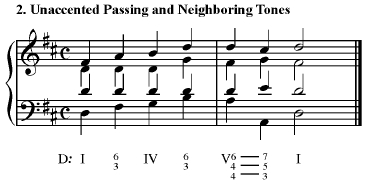
Starting from this progression, we will use passing tones that fill in spaces.
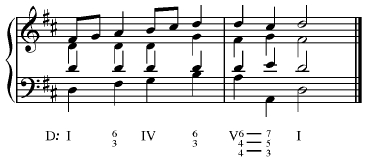
Passing tones have filled in the spaces between I and I63, and IV and IV63. Note that the passing tone is unaccented, and that it is dissonant to the chord.
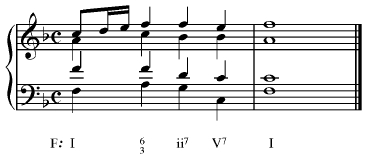
Two consecutive passing notes are perfectly possible, filling in the interval of a fourth, as seen here filling in between ^5 and ^1.
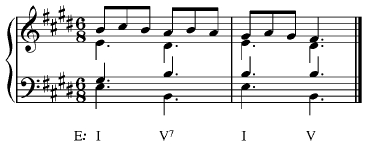
This displays the upper neighbor, which decorates a single chord. The example makes clear that the upper and lower neighbor tone figure is not generally featured in chorale style, but is quite typical of many instrumental styles.
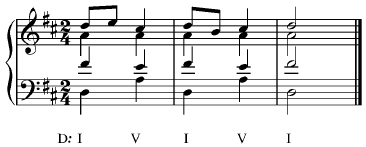
The incomplete neighbor. The incomplete upper neighbor, sometimes called an “escape tone” or “eschappée”, is more frequently encountered than the lower neighbor tone as in the second measure.
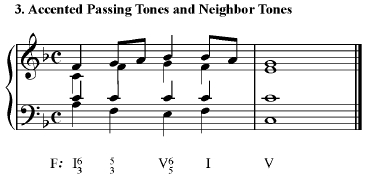
The accented passing tone is dissonant to the chord against which it is heard, and then moves to a note which is consonant to that chord. (It’s a bit like a suspension without an initial preparation, in fact.) The dissonance produces tension in the harmony and more interest.
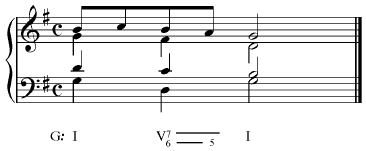
Accented and unaccented passing tones can work quite well together. In this example, the unaccented passing tone (upper neighbor, to be precise) is followed by an accented passing tone.
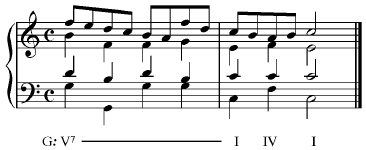
In setting a melody containing accented passing tones, it isn’t always immediately obvious that melodic tones are actually accented or unaccented passing tones. However, a failure to make the distinction can result in this rather unfortunate setting.
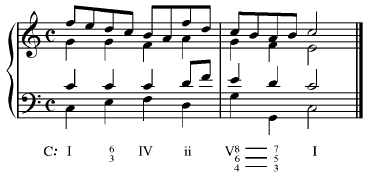
In this version of the same melody as above, the fact that most of the eighth note figures incorporate accented passing tones results in a much more convincing, less clumsy setting. There is no sure way to avoid the problems of mis-setting accented passing notes. The only way to do it is to listen carefully and experiment.
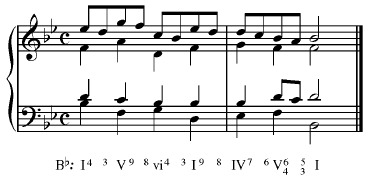
These are accented incomplete neighbor tones. These are metrically strong, approached by leap. This is not a figure that would be found in chorale style, but is quite common in instrumental textures.